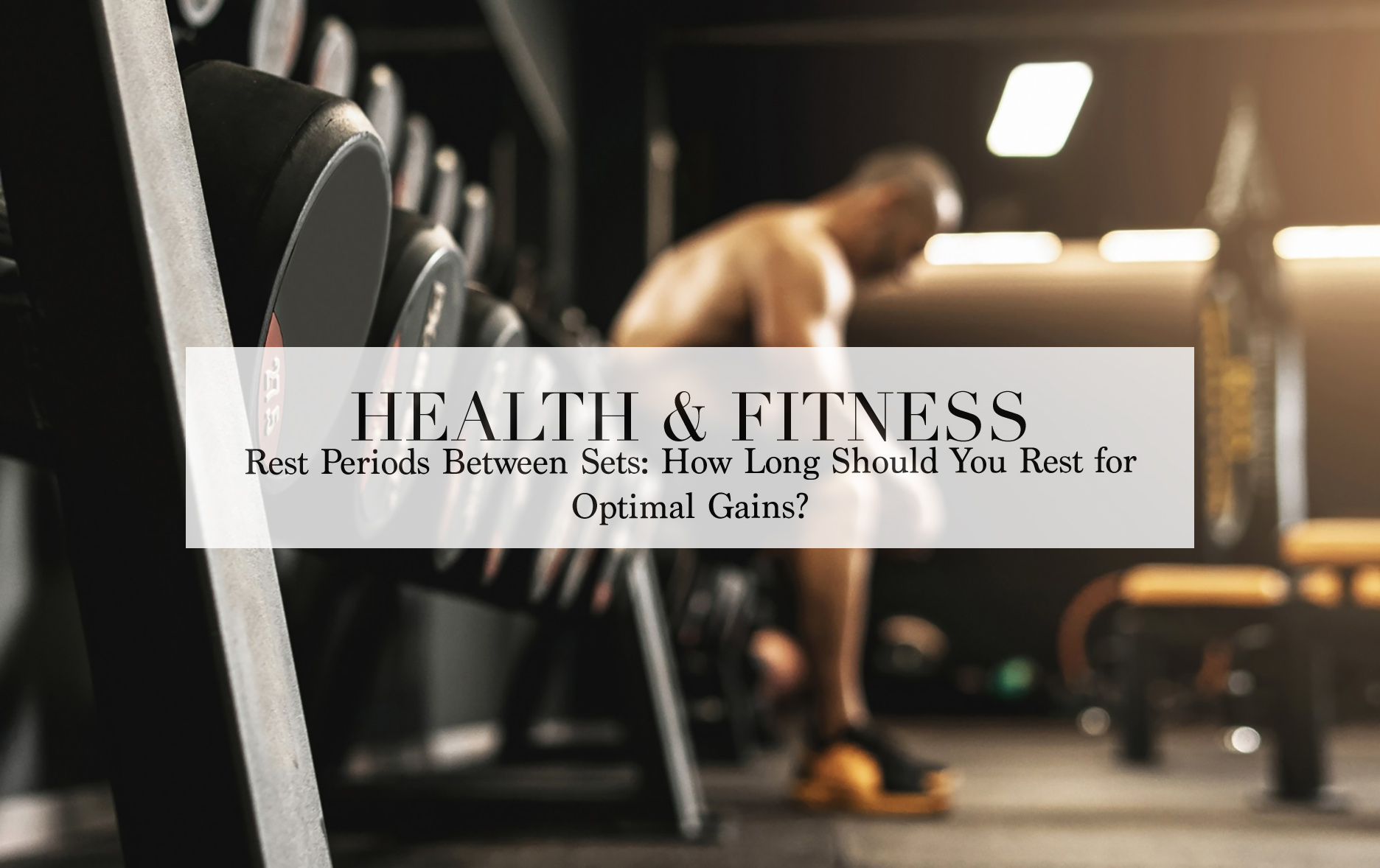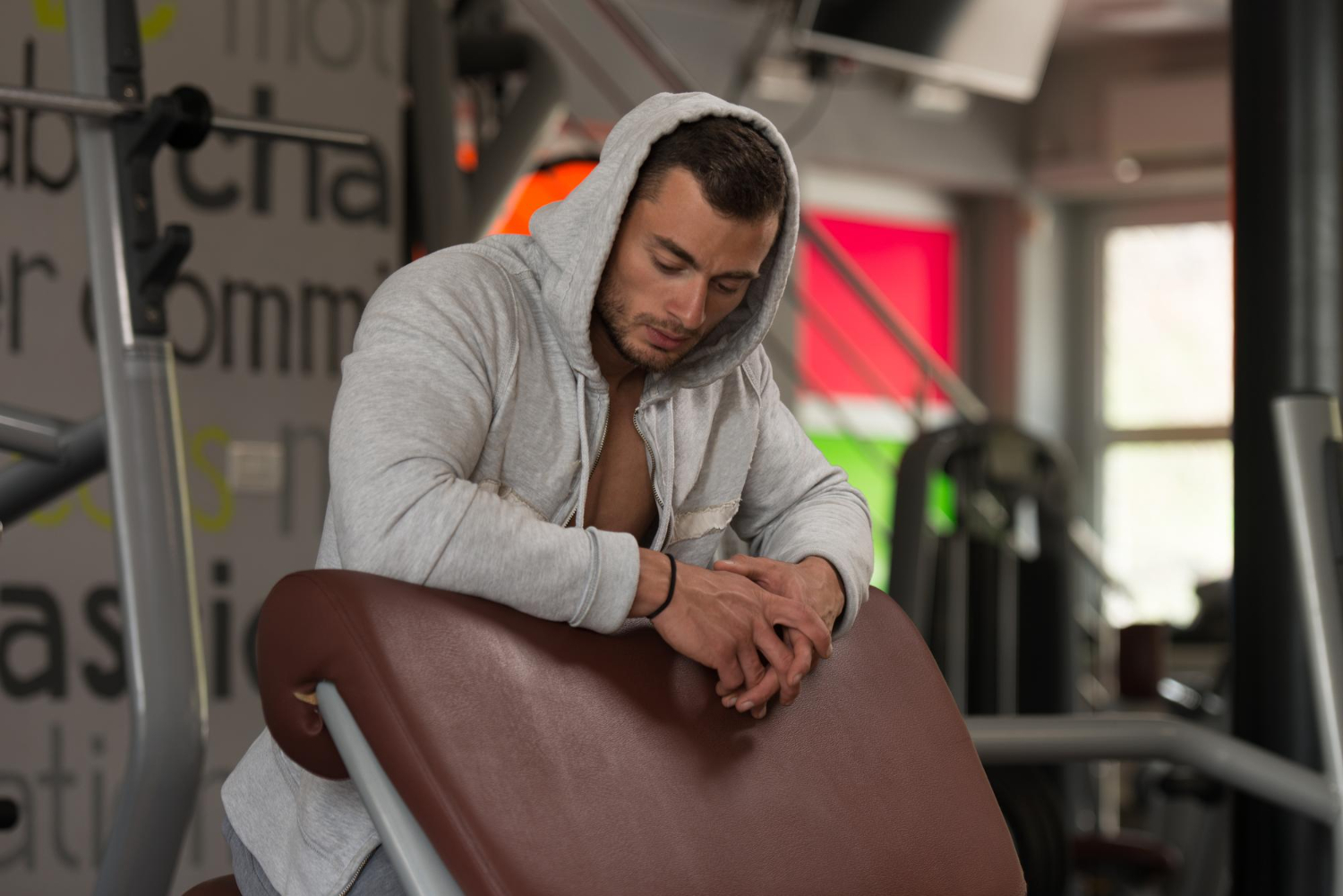When it comes to building muscle, burning fat, or enhancing overall fitness, the duration of rest between sets is a crucial yet often overlooked variable. Many fitness enthusiasts meticulously plan their workout routines, focusing on exercise selection, rep ranges, and progression schemes. However, they often neglect one key element: how long to rest between sets. This decision can have a significant impact on your workout effectiveness, influencing your strength, endurance, and muscle growth.
This article will explore the science behind rest periods, the factors influencing optimal rest duration, and how you can tailor your rest intervals to meet your specific fitness goals.
The Importance of Rest Periods
Rest periods between sets are more than just a chance to catch your breath or check your phone. They play a vital role in regulating your body’s energy systems, impacting how your muscles recover and perform in subsequent sets. Rest periods influence three main aspects of your training:
- Muscle Recovery: Adequate rest allows your muscles to recover from the stress of the previous set, replenishing energy stores (mainly adenosine triphosphate or ATP) and clearing metabolic byproducts like lactic acid. This is crucial for maintaining performance across multiple sets.
- Nervous System Recovery: The nervous system requires rest to recover between sets, especially when lifting heavy weights. Short rest periods can lead to cumulative fatigue, reducing your ability to generate force and compromising the quality of your workout.
- Hormonal Response: Rest periods also influence the hormonal environment during your workout. For example, shorter rest intervals have been shown to increase growth hormone levels, which can be beneficial for muscle hypertrophy.
Rest Periods for Different Training Goals
The optimal rest period between sets depends largely on your specific fitness goals, whether you’re aiming for strength, hypertrophy, endurance, or fat loss. Let’s delve into the ideal rest intervals for each goal.
1. Strength Training
Rest Period: 2 to 5 minutes
When your primary goal is to increase maximal strength, longer rest periods are generally recommended. Heavy lifting, typically in the 1-5 rep range, places a significant demand on both your muscles and nervous system. To maintain high performance across all sets, your body needs sufficient time to replenish ATP and clear fatigue-inducing byproducts.
Studies have shown that resting for 2 to 5 minutes between sets allows for near-complete recovery, enabling you to lift heavy weights consistently. This longer rest is essential for maximising strength gains, as it ensures that fatigue does not impair your ability to lift maximal loads.
2. Hypertrophy (Muscle Growth)
Rest Period: 30 seconds to 1.5 minutes
For those focusing on muscle hypertrophy, shorter rest periods are generally more effective. When training in the 6-12 rep range, rest intervals of 30 seconds to 1.5 minutes promote a higher level of metabolic stress, a key driver of muscle growth. Shorter rest periods maintain a high level of blood flow and muscle pump, which can enhance the anabolic environment in your muscles.
However, it’s essential not to cut rest periods too short. While metabolic stress is crucial for hypertrophy, you still need to lift a weight that’s challenging enough to recruit a significant number of muscle fibres. Resting for at least 60 seconds often strikes a good balance between allowing you to lift heavy weights and maintaining sufficient metabolic stress.
3. Muscular Endurance
Rest Period: 30 seconds to 1 minute
If your goal is to enhance muscular endurance, shorter rest periods of 30 seconds to 1 minute are ideal. Training for endurance typically involves higher rep ranges (15+ reps per set), and shorter rest periods help keep the intensity up while pushing your muscles to continue working under fatigue.
By reducing rest intervals, you increase the overall demand on your cardiovascular system and enhance your muscles’ ability to sustain prolonged activity. This approach is especially beneficial for athletes or individuals looking to improve their performance in endurance sports.
4. Fat Loss and Conditioning
Rest Period: 30 seconds to 1 minute
For those focused on fat loss and overall conditioning, the goal is to keep your heart rate elevated throughout the workout. Short rest periods of 30 seconds to 1 minute are effective in achieving this. By minimising rest, you maintain a high level of intensity, which boosts calorie burn and promotes a greater post-exercise oxygen consumption (EPOC), commonly referred to as the “afterburn” effect.
High-intensity circuit training, which involves moving quickly from one exercise to the next with minimal rest, is particularly effective for fat loss. This approach not only burns calories during the workout but also increases your metabolic rate for hours afterward.
Factors That Influence Rest Periods
While general guidelines can be helpful, it’s important to remember that individual differences and specific circumstances may influence the optimal rest period for you. Here are some factors to consider:
1. Training Experience
Your level of training experience can significantly affect how long you should rest between sets. Beginners may need longer rest periods to recover adequately between sets due to a lower work capacity. As you become more experienced and your conditioning improves, you might find that you can handle shorter rest periods while maintaining performance.
2. Type of Exercise
The type of exercise you’re performing also plays a role. Compound exercises like squats, deadlifts, and bench presses involve multiple muscle groups and require more energy, necessitating longer rest periods. In contrast, isolation exercises like bicep curls or tricep extensions typically involve smaller muscle groups and may require less recovery time.
3. Workout Structure
The overall structure of your workout can influence your rest intervals. For example, if you’re performing supersets (two exercises back-to-back without rest) or circuits, you’ll naturally have shorter rest periods. On the other hand, if you’re focusing on a single lift or strength training, longer rest periods will be more appropriate.
4. Goal-Specific Adaptations
As you progress towards your goals, you may find that your rest periods need to change. For example, if you initially focused on hypertrophy with moderate rest periods, but then transition to a strength phase, you’ll need to increase your rest intervals to accommodate the heavier weights.
Practical Tips for Managing Rest Periods
Understanding the ideal rest periods for your goals is one thing; implementing them effectively in your workouts is another. Here are some practical tips to help you manage your rest periods for optimal results:
1. Use a Timer
One of the simplest ways to ensure you’re adhering to your rest periods is by using a timer. Whether it’s a stopwatch, a fitness app, or your gym’s clock, keeping track of your rest times helps you stay consistent and prevents you from resting too long or too little.
2. Listen to Your Body
While guidelines are useful, it’s essential to listen to your body. If you feel excessively fatigued, extending your rest period slightly might be necessary, even if it’s longer than what’s typically recommended. Conversely, if you feel ready to go before your timer runs out, you might be able to shorten your rest period and increase the intensity of your workout.
3. Adjust Based on Performance
Your performance in each set can be a good indicator of whether your rest periods are appropriate. If you find that your strength or endurance drops significantly from one set to the next, it might be a sign that you’re not resting long enough. Conversely, if you’re able to maintain or even increase your performance, your rest periods are likely well-suited to your current fitness level.
4. Consider Your Workout Goals
Remember to align your rest periods with your specific workout goals. If you’re working on strength, don’t be afraid to take longer breaks. If your focus is on fat loss, keep your rest periods short to maintain a high level of intensity. Periodically reassess your goals and adjust your rest periods as needed to continue making progress.
Rest Periods Matter
Rest periods between sets are a critical, yet often overlooked, component of effective workout programming. Whether you’re aiming to build strength, increase muscle size, improve endurance, or lose fat, the duration of your rest intervals can significantly influence your results.
By understanding the science behind rest periods and tailoring your approach to your specific goals, you can optimise your workouts and make the most of your time in the gym. Remember that there’s no one-size-fits-all answer—experiment with different rest periods and listen to your body to find what works best for you.
Ultimately, the key to success lies in consistency and smart training. Whether you’re resting for 30 seconds or 5 minutes, what matters most is that you’re pushing yourself and progressing towards your fitness goals. With the right approach to rest periods, you’ll be well on your way to achieving the results you desire.




